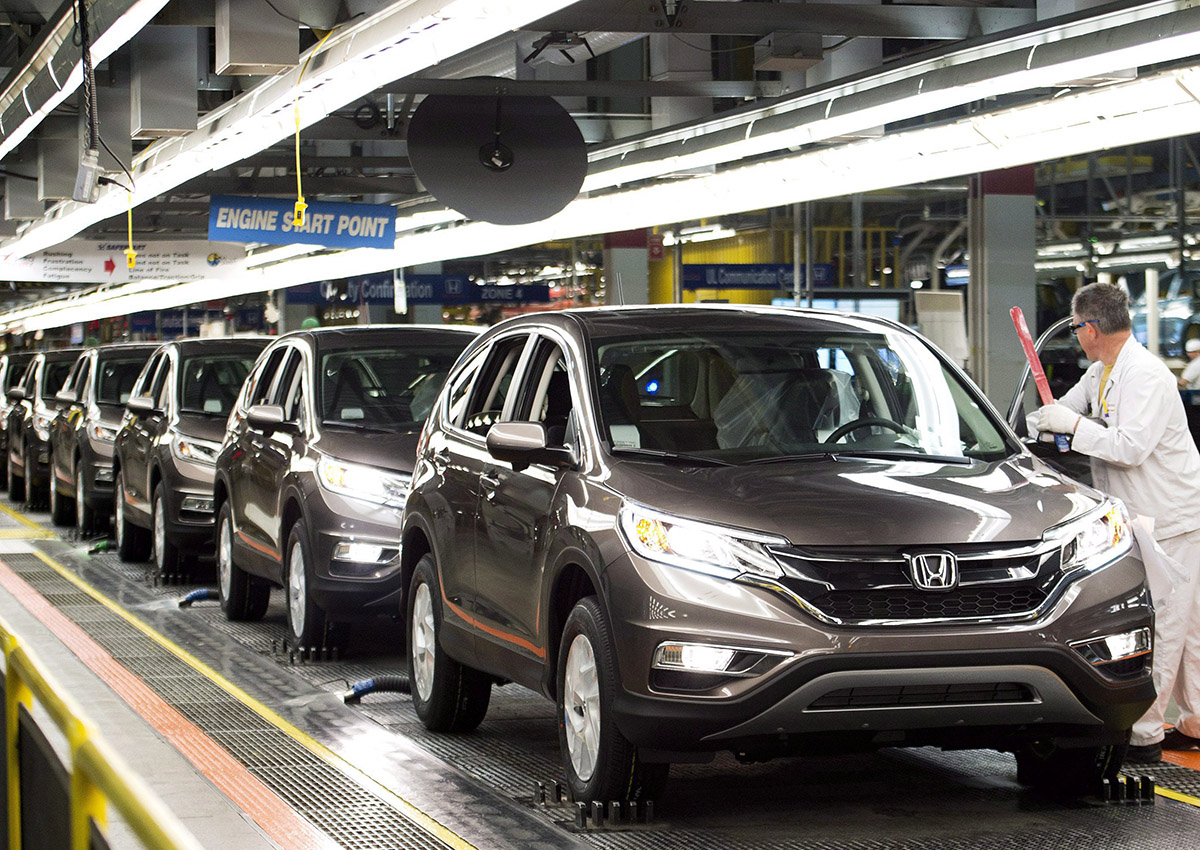Auto workers and manufacturers are rejecting assertions by Canada’s trade minister that the country won major access for them into the highly protected Japanese market in the recently rebooted Trans-Pacific Partnership.

International Trade Minister Francois-Philippe Champagne told the Senate trade committee last week that Canada won its greatest market access ever into the Japanese market when it signed on last month to the new 11-country version of the Pacific Rim pact that was salvaged after the Trump administration pulled the U.S. out last year.
COMMENTARY: TPP deal a win for Trudeau and a win for Canada
Champagne said the agreement between Canada and Japan is contained in a side-letter, not in the text of the agreement, which he told senators is nonetheless “enforceable.”
WATCH: Canada agrees to revamped TPP deal without U.S.

That’s not possible, say representatives from the auto workers union and two trade associations representing Canadian automobile manufacturers.
They said side agreements are not enforceable unless they are part of an actual trade agreement.
And they reiterated past concerns that Canada’s decision to join the new TPP, without the U.S., would ultimately cost Canadian manufacturing jobs and undermine the country’s interests in wrestling with the U.S. over automobile roadblocks in the ongoing renegotiation of the North American Free Trade Agreement.

Get weekly money news
READ MORE: Trudeau government criticized for lack of transparency over TPP trade deal
The text of the new TPP has not been released and Champagne’s office says the side letter with Japan isn’t ready to be released yet but will be.
Champagne pledged to release the letter during his upbeat Senate testimony on Wednesday in which he heralded the deal with Japan on autos as a breakthrough.
“We were able to achieve something that has never been achieved before, which is the largest market access for Canadian auto manufacturers in Japan, removing non-tariff trade barriers with respect to safety standards,” Champagne said.
“We’ve achieved that in a side letter, which is enforceable – the first time that the government of Japan is giving a side letter on auto which is enforceable.”
Champagne said the letter also contains a “most-favoured nation clause,” which means if Japan strikes a better deal with another party – the U.S. or Europe – those better terms would automatically apply to Canada.
Jerry Dias, the president of Unifor, the union representing auto workers, said the letter carries no weight because it is not part of the agreement.
“A side letter is unenforceable. We didn’t even push hard enough to get it folded into the body of the agreement,” said Dias, who predicted the agreement would lead to a flood of Chinese parts into the North American auto market – something the Trump administration is trying to avoid by pressing for higher continental content in autos at the NAFTA negotiations.
READ MORE: Canada, remaining TPP members reach revised trade agreement without U.S.
Dias dismissed the most-favoured nation clause as an admission Champagne “carved a lousy deal.”
Flavio Volpe, president of the Automotive Parts Manufacturers Association, said there’s no indication the side letter will address any real trade barriers in Japan, and he said it is unlikely it would lead to more Canadian cars being sold in that market.
He said the letter will “have as much influence on new car sales in Japan as they will on the price of cheese in Windsor.
“Side letters are political agreements to deal with an issue that was too difficult to find an enforceable, termed agreement on,” he added. “In business, anyone seeking an enforceable covenant would put it in the actual contract.”
Mark Nantais, the president of the Canadian Vehicle Manufacturers’ Association, said side letters are not binding and could be “subjectively” interpreted by Japanese regulators.
Champagne said the letter reduces non-tariff barriers, such as safety standards, but Nantais said other non-tariff barriers could include something as mundane as dimensions of a license plate holder.
“Conceivably you could spend millions of dollars trying to get product into that country and have it all sitting on a dock because you’ve got one dimension that’s off on a license plate.”
Nantais said the government has ignored the implications for NAFTA, with the U.S. calling for more North American auto content – not less, which an increase of imports from TPP countries would create.
He said companies would be forced to move production out of North America to cheaper off-shore locations because the higher NAFTA content rules will be too hard to meet. “Once you lose production jobs, they’re gone for good.”
Champagne’s spokesman Joe Pickerill said the side letter with Japan would be made public and that it is subject to international law.
He said the letter will give Japan and Canada the means to settle disputes in a “meaningful way.”
“That’s strong, binding and real access for the very first time with teeth to back it up,” he said.







Comments